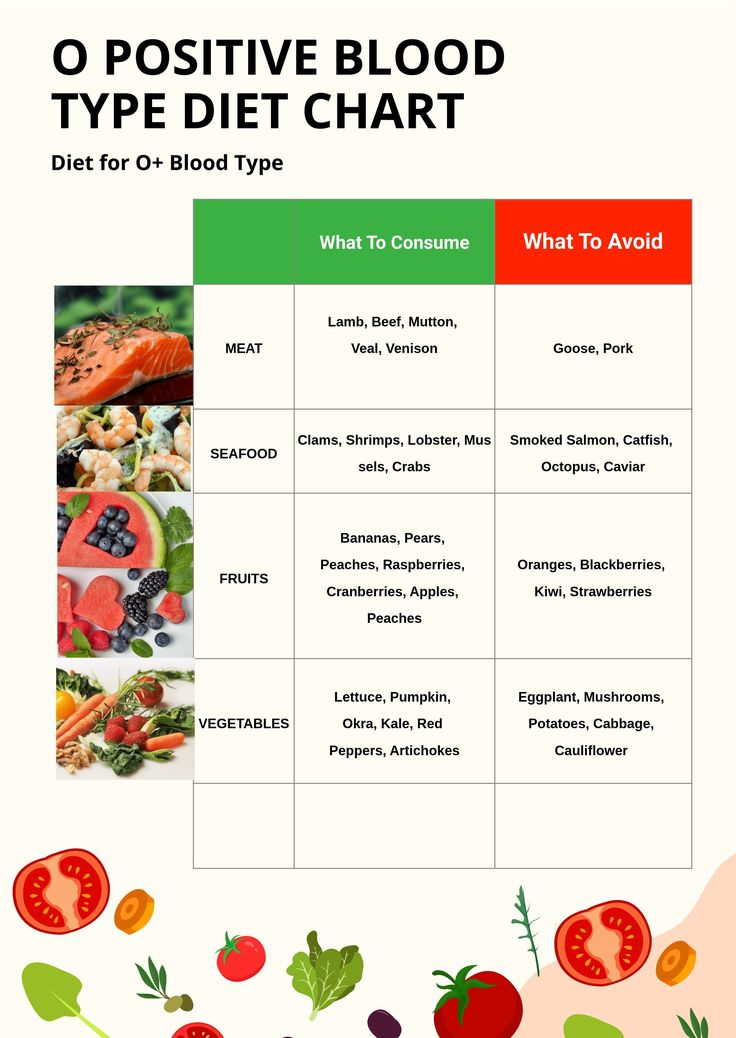Effective Ways to Master Drawing a Face in 2025: Get Started Today!

Smart Ways to Draw a Face Like a Professional in 2025: Discover Essential Techniques!
Understanding Face Proportions
If you're eager to improve your how to draw a face skills, a fundamental aspect to grasp is the importance of face proportions. Face proportions dictate where each feature should be positioned to create a natural and lifelike appearance. When drawing faces, apply techniques such as the "Rule of Thirds" which involves dividing the face into three equal horizontal segments. The hairline typically sits at the top of the first segment, the eyebrows approximately at the second, and the bottom of the nose around the lower edge of the third. By mastering these face proportions, you will ensure your sketches maintain balance and harmony.
Breaking Down the Face into Basic Shapes
A key practice in face sketching techniques is to begin by breaking down the face into simple geometric shapes. Draw an oval for the head shape drawing, then add a vertical line down the center and horizontal lines where the features will align. This drawing a face method helps simplify the task, allowing you to focus on placing the eyes, nose, and mouth appropriately. Continuing with this approach fosters a better understanding of facial symmetry, essential for achieving realism in your final piece.
Utilizing Grids in Face Drawing
One of the most effective methods for success in drawing faces is using grids. This technique involves overlaying a grid on your reference photo and lightly sketching a grid on your drawing surface. By focusing on transferring one square at a time, you can enhance your accuracy in portraying facial features drawing. This not only drastically improves your realistic face drawing skills but also encourages attention to aspects such as facial symmetry and detailed proportions.
Key Techniques for Drawing Facial Features
To excel in drawing facial features, it is critical to focus on each component. From the eyes to the mouth, emphasis lies in understanding the specifics of how to draw different angles of a face. Each feature has unique aspects determined by perspective, shape, and proportion. Practice techniques for face drawing will vary significantly depending on what you are trying to express through your art, so having reliable techniques at your disposal is vital.
Mastering the Art of Drawing Eyes
The eyes are often described as the windows to the soul and are vital in imparting emotional context in a portrait. When drawing eyes, focus on capturing the unique shapes and contours of different eye types, examining their relation to the surrounding facial elements. Don't overlook details such as eyelashes, eyelids, and the pupil's reflection; capturing these elements helps convey emotion and realism. To enhance your drawing skills, regularly practice with reference photos for face drawing to observe various expressions and styles.
Creating Lifelike Lips and Mouths
When focusing on drawing lips, understanding the structure is essential. The mouth has a specific alignment that changes depending on the facial expression. Start by modeling the shape from the front view, then consider how perspective alters the appearance when angles change. Employ varying line thicknesses and shading techniques for depth, improving your depiction through realistic face drawing. Much like eyes, a well-drawn mouth can impart significant emotional context.
Mastering Shading Techniques for Faces
Incorporating effective shading techniques for faces will elevate your overall face drawing skills significantly. Shading conveys dimension and texture, turning a flat image into a lifelike representation. Different mediums require distinct shading approaches, so if you're working traditionally, blend graphite while considering the light source. For digital drawing, exploring brush techniques can yield impressive effects. Through practice, you’ll learn how to manipulate light and shadow, enhancing textures such as skin and hair.
Understanding Light and Shadow in Portraits
Understanding light and its interaction with facial features is paramount for creating compelling portraits. Study how the same light source alters shadows and highlights differently across varying face shapes. For example, when drawing female faces, light often casts a softer look, while harsher light tends to create sharper contrasts in male faces. Integrating effective shading can result in striking depth and dimension.
Exploring Texture with Shading #{2}
The nuance of textures like skin and hair enhances the reality of a drawing. Different shading techniques such as hatching and cross-hatching can mimic textures. For example, using smooth gradients for skin tones contrasts sharply when indicating hair with quick, irregular strokes. Attend face drawing workshops or explore drawing tutorials online to see these techniques in action, allowing you to experiment and refine your application.
Effective Practice Techniques for Face Drawing
Becoming proficient in face drawing largely depends on persistent practice. Creating a structured practice routine can refine your skills over time. Engage in challenges that push your boundaries, such as drawing under various conditions or practicing with digital face drawing tools, and analyzing famous portrait artists for style inspiration. These practical techniques encompass a broader learning experience essential for growing your capabilities.
Sketching from Imagination
While drawing from references helps, developing the ability to sketch a face from imagination fortifies your skills significantly. Begin by recalling features you wish to sketch, and employ anatomy drawing books to solidify your foundational knowledge. Challenge your memory daily by capturing faces in numerous angles and expressions. Over time, your capacity to replicate drawing facial expressions from imagination will flourish.
Joining Drawing Communities
Drawing communities play a crucial role in motivation and improvement. Engaging in feedback sessions, whether online or in-person, provides insights that you may not recognize in your works. Furthermore, participating in drawing challenges keeps you engaged, grants exposure to diverse techniques, and fosters a network of fellow artists supportive in the critical improvement process. Joining live drawing sessions can also expose you to various artistic styles and provide immediate feedback.
Key Takeaways
- Mastering face proportions is essential for balanced sketches.
- Utilizing grids greatly enhances accuracy in drawings.
- Developing shading techniques adds depth and realism to your portraits.
- Engaging in structured practice and community challenges fuels improvement.
- Drawing facial features with focus elevates overall artistic capabilities.
FAQ
1. How can I improve my skills in capturing facial expressions?
Improving your skills in capturing facial expressions requires regular practice and observational learning. Regularly study reference photos that showcase various expressions. Try replicating them through sketches, paying close attention to any unique facial movements. Analyzing the emotional response during live drawing sessions can strengthen your capacity to convey feelings effectively.
2. What tools should I use for traditional face drawing?
For traditional face drawing, you should have essential materials like quality sketching pencils, erasers, blending stumps, and varied paper types. Charcoal can add richness to your shading, while colored pencils can enhance your facial tones. Investing in proper supplies facilitates experimenting with different styles, further enriching your potential.
3. Are there specific online drawing tutorials for beginners?
Yes, numerous resources like YouTube channels and dedicated art websites offer drawing tutorials tailored for beginners. These platforms guide you through the basics of drawing a face, often providing step-by-step videos that allow you to practice alongside experienced artists. Leveraging these techniques is a practical approach to building confidence.
4. How can using reference photos enhance my artistic accuracy?
Using reference photos for face drawing enables you to observe real-life structures and proportions essential for accuracy. Reference images allow you to analyze features in detail, making it easier for you to replicate elements faithfully. This practice can greatly transform your how to draw a face technique, providing a robust foundation for your artworks.
5. What is the difference between digital and traditional face drawing?
Digital face drawing allows for tools that facilitate corrections and experimentation that traditional mediums may not. Programs commonly include layers, which enable complex practices such as adjusting features or implementing unique styles. While traditional drawing relies on nailing physical techniques, digital drawing aids flexibility and exploration in artistic expression.
Images:

